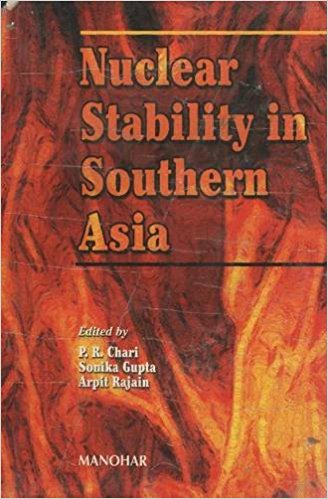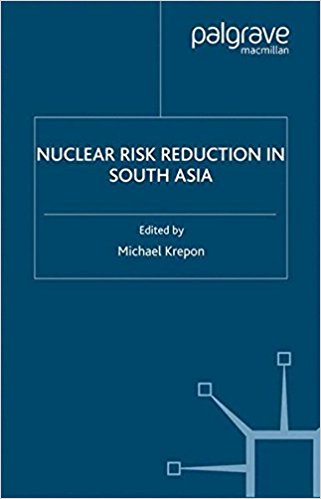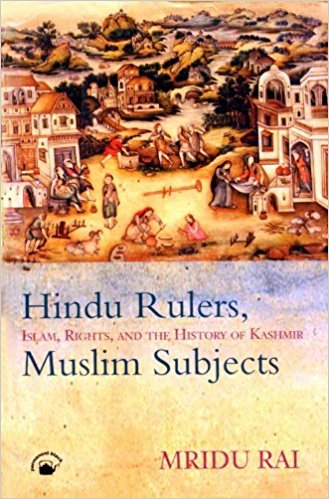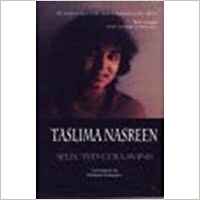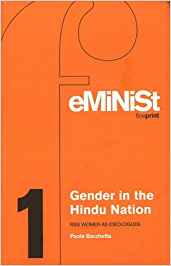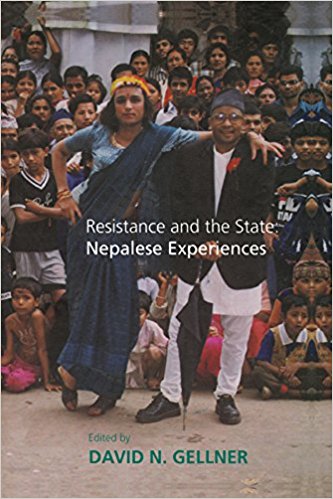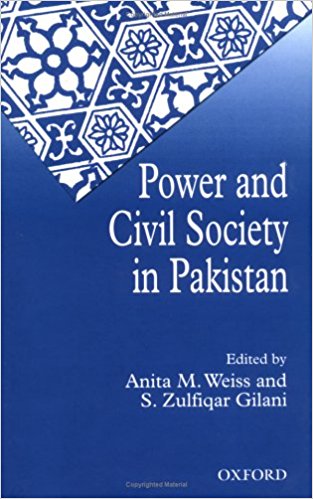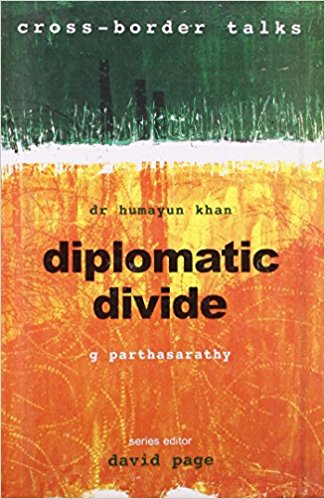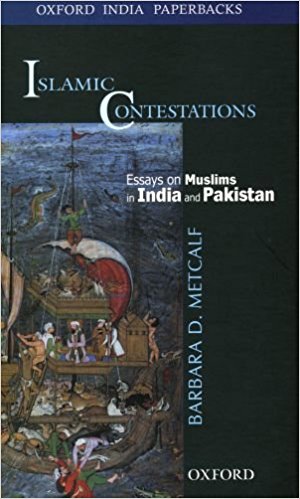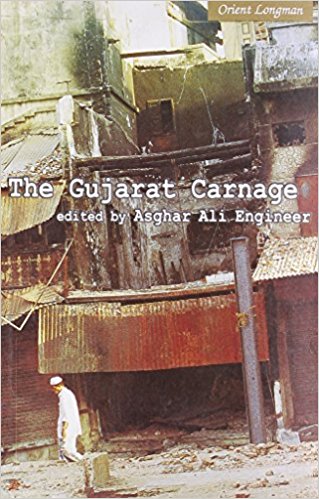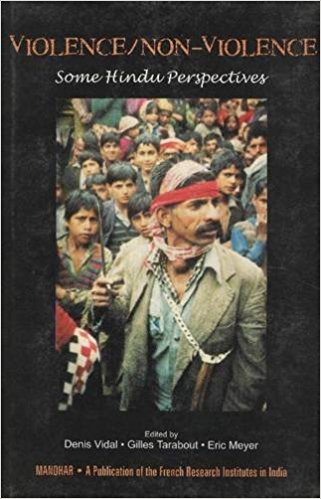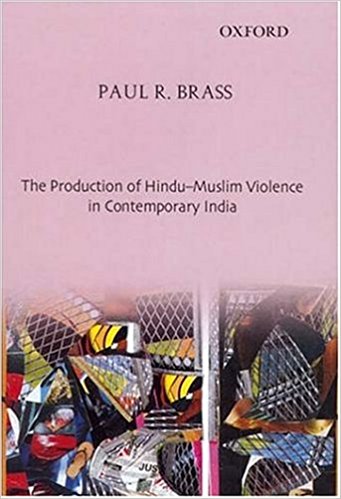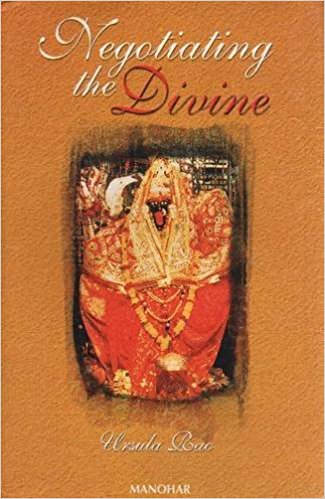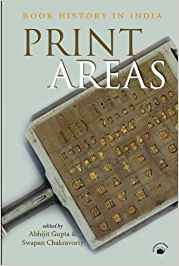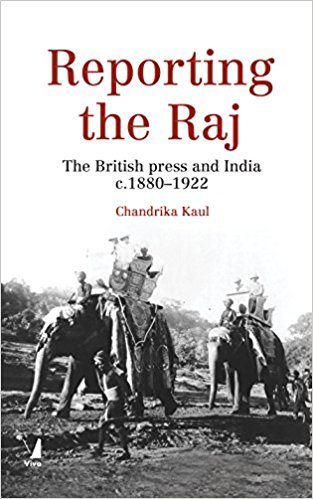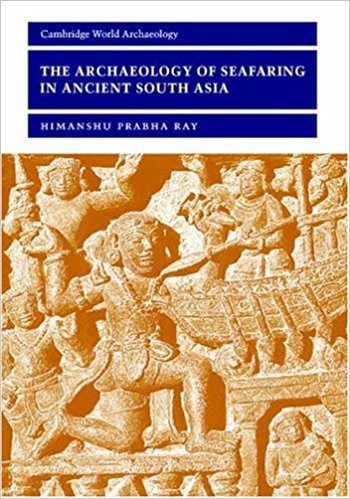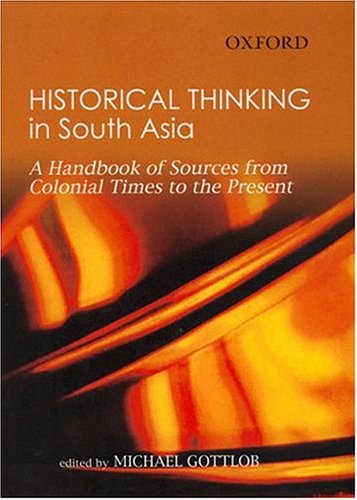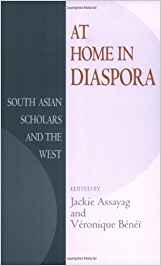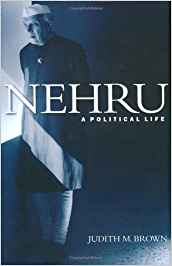Armed conflicts have a devastating impact on children, and despite records and documentation of the use and abuse of children in conflicts, the international community has been unable to create measures for safety, security or adequate rehabilitation for such children.
Archives
May 2004 . VOLUME 28, NUMBER 5The subject dealt with in Lethal Games is of considerable contemporary concern. It is important enough for a leisurely analysis by the academic community, policy makers and the bureaucracy who are normally pressed for time due to the hurly burly of the daily grind. The book has seven chapters and two annexures.
The first fifteen years of a nuclear rivalry can be very rocky. This is when the rules of the competition are still being written, when vulnerabilities are greatest, and when monitoring capabilities are spotty, at best. It therefore comes as no surprise that India and Pakistan are going through a dangerous passage.
The Stimson Center and Vision Books have brought out a well researched paperback on a subject which the Center has pioneered in South Asia – Confidence Building Measures and Risk Reduction. The hopes that motivated the Stimson Center, led by Michael Krepon, on leading India and Pakistan to a “progressive and cumulative set of CBMs between 1991 and 2003, have been belied, owing to ‘geopolitical realities’”.
Pakistan is a state that appears to be in rapid movement, but has in fact changed very slowly. In the last few years it has become an overt nuclear weapons state, the army seized power for the fourth time in a coup, there was an ill-fated military adventure across the Line of Control at Kargil, the leadership signed up with the American-led (but ill-named) war on terrorism, and most recently Pakistan’s revered “father of the bomb,”
History hangs heavy on Kashmir. The state’s complex and contested past resurfaces repeatedly in its present-day dilemmas, and today’s headlines are often coloured by references to disputes of the past. To understand what is going on right now draws one into what is a never-ending debate about events that took place half-a-century ago or more.
2004
Taslima Nasreen’s Nirbachito Column first came out in Bengali in 1991and soon thereafter it swept the Kolkata market, creating waves in the psyche of the Bengali bhadralog class; most women were elated, while conventional men and women did not conceal their scepticism and even launched sharp criticism of her contentions.
The two books, Paola Bacheta’s Gender in the Hindu Nation and Shahnaz Rouse’s Shifting Body Politics under review are similar in that they both approach the formation of state and nation through the discursive strategies adopted by civil society. Predicated upon a largely unstated Gramscian understanding of the state and civil society the books remark upon how civil society organizations and formations negotiate with and complement the state.
Is Nepal about to become South Asia’s first failed state? Many recent visitors to Nepal from the West, including senior World Bank officials, seem to think so. India, too is concerned; if its publicly articulated assessments are less categorically pessimistic, it is for reasons not too difficult to understand.
The division of the British Indian Empire into India and Pakistan was the result of the interaction of many complex processes within India itself, in Britain as well as the global situation after World War II.
The book is a collection of papers by well known authors who are acknowledged experts in their fields of interest. The editors, Anita Weiss and Zulfiqar Gilani, have done excellent editorial work to bring out the basic problems that beset Pakistani society.
Diplomatic Divide co-authored by two eminent diplomats of India and Pakistan, in a mere 138 pages, brings out in a very readable form, numerous anecdotes, incidents and behind the scene activities which has also influenced, even if momentarily, the crucial phases of India’s relationship with Pakistan.
Shahryar Khan, formerly Pakistan’s Foreign Secretary and Ambassador in France, Jordan etc., and presently Chief of the Pakistan Cricket Board, is an old friend. This is his late mother’s autobiography.
“Scores of studies exist on caste groups,” Mushirul Hasan wrote recently, “but not on the Muslims.” For reasons beyond this review, over the past half century, social sciences in India have sported a blind spot that may be called the Case of the Missing Muslim.
A serious enquiry into the psychology of communal violence, this anthology brings together essays, editorials, surveys, articles, opinions, documents and reports. The book transcends its stated goal of providing the future generations with a great deal of information and its usefulness to policy makers to question the contentious issues of ‘secularism’, ‘nation’, ‘identity,’ and ‘community’ through a polyphony of voices.
Religion is not about love and compassion only. It is also about exclusion, hatred and violence. Being a total narrative, religion gives meaning to existential and societal concerns of the believers.
Paul Brass stands next only to the late Myron Weiner and the Rudolphs (Lloyd and Susan) in the pantheon of American political scientists who have made it their lifelong business to understand Indian democracy.
Those of us who regularly pursue the contents of Religion may recall the sparkling essay that appeared roughly two years back from the author of this monograph on broadly the same theme.
The history of the book, or book history, as it is beginning to be called now, has for long been the preserve of bibliographers and antiquarians. This has been especially so in India. Looking at books from a narrow and often bibliophilic, if not bibliomaniac, perspective they were more often than not most concerned with debates no more exciting than who printed the first book, which press came first, the role of Christian missionaries, who contributed more to such-and-such language printing, etc.
The British established their Indian Raj by various means including the sword but undoubtedly they secured it with modern means of communication. Ruling India from distant London was a difficult and complex affair in which the press came to play a critical role specially from the mid-nineteenth century.
Himanshu Prabha Ray’s The Archaeology of Seafaring in Ancient South Asia makes a convincing case for the need to abandon an insular view of ancient India. Viewing the subcontinent within the larger world of the Indian Ocean, it replaces the usual episodic view of trade by a nuanced long-term narrative that stretches from the third millennium BC to the fifth century AD.
Thank God for Michael Gottlob, who has put together a book we have felt the lack of for many years, and done nothing about. Here is two hundred years (1786-1993) of ‘the development of historical consciousness in South Asia’—from William Jones to Ramachandra Guha. This is the translation of what was part of an 8-volume series, in German, on “historical thinking in intercultural comparison”.
For the best part of the decades after World War II, the social sciences and the humanities have been marked by debates that can be best described as mediations on the ‘encounter’ between the West and the non-West, the First and Third Worlds, of which Franz Fanon’s 1960’s writings were but the beginning. Since then the writings of Edward Said, and the refractions through poststructuralism and postcolonialism have produced a large body of writing in the academia. There are scholars from the West who have complicated this discourse.
As the fifth generation of the Nehru-Gandhis prepares to test his (and the family’s) popularity in the marketplace of the great Indian elections, attention will turn, once again, to the legacy of the dynasty and, more specifically, its most famous representative, Jawaharlal Nehru.



